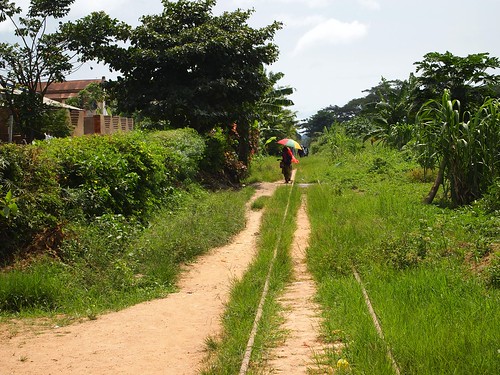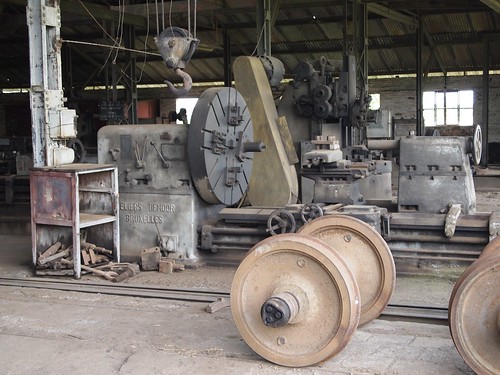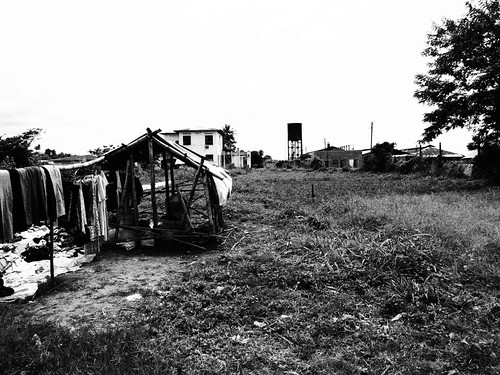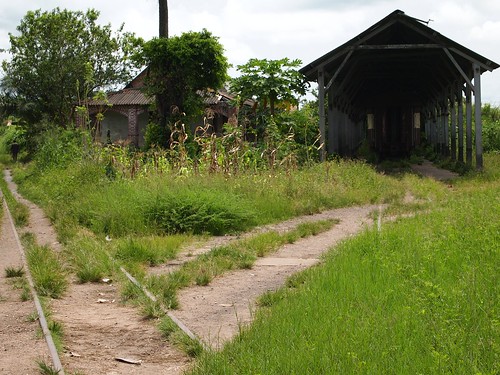Paradise was never lost in Kindu, or in the DRC for that matter. The people have always suffered here: starting with the slave trade in the 1700’s; then with the brutal colonization by King Leopold of Belgium beginning in the 1880’s; then with the somewhat less severe colonization by Belgium itself from 1908 until 1960, when the country gained independence; then after only one year the first elected prime minister, Patrice Lumumba, was assassinated (with assistance from Belgium and the United States); then what followed was a couple of years of internal struggle until a coup in 1965 led by soon-to-be president Mobutu; then his tyrannical reign resulted in some stability but extreme human rights abuses until he fled in 1997; sadly, however, his regime had already begun a catastrophic implosion which has been called the African World War (from 1993 until 2003); then, the shattered pieces of human lives and destroyed infrastructure began to heal, but only slowly.
Still there is fighting even this week between rebel groups and government forces just west of Goma. Still there is rampant corruption where politicians cut great deals for themselves and for the mining companies greedily extracting the huge mineral wealth in the eastern Congo (with little if any of that huge wealth trickling down to the people or to improve the infrastructure to make their day-to-day lives easier).
Thus, what follows is a series of photographs taken in Kindu, province Maniema, on 22 April 2012. My goal was to capture two things.
First, the lost potential for rebuilding and hope–symbolized in the decayed train station which shows that at one time (from the 40’s until the 70’s) a system existed which made everyday life just a bit easier.
Second, a bit of hope and a lot of ingenuity shown by the people themselves as they struggle to move goods without decent roads, or any public transit system, or any vehicles (other than a couple of large trucks–in the “city” that is the capital of the province).
Surprisingly, a sorry-ass train does arrive in Kindu about once a month from the south, but with few cars and after a journey of one to two weeks (when once the same journey took a couple of days). So the people keep plugging away each day moving goods about Kindu, but with little hope their efforts will gain them much money. That is because there are no roads that connect Kindu to the outer world. Thus, any form of lucrative trade does not exist for the average person. They just move their goods from source to marketplace, or from marketplace to a point of sale.
But, as you will see, by the small loads they carry (sometimes for many kilometers) the amount of profit they make each day will be small. They are stuck in a day-to-day existence.
Statistics (for what they are worth) say that 19% of the world’s people exist on less than $1 per day: of the 7 billion or so people, that means 879 million people. I suspect the people we see trudging the streets of Kindu are some of those people.
What follows, then, are my efforts to capture what has been lost, but also what is gained each day due to continuing hope and ingenuity.
As always, I will have to sent out the photos in installments, since the Internet, like all the rest of the infrastructure in the Congo, is very broken.








